Sightseeing Spots
Search Results60
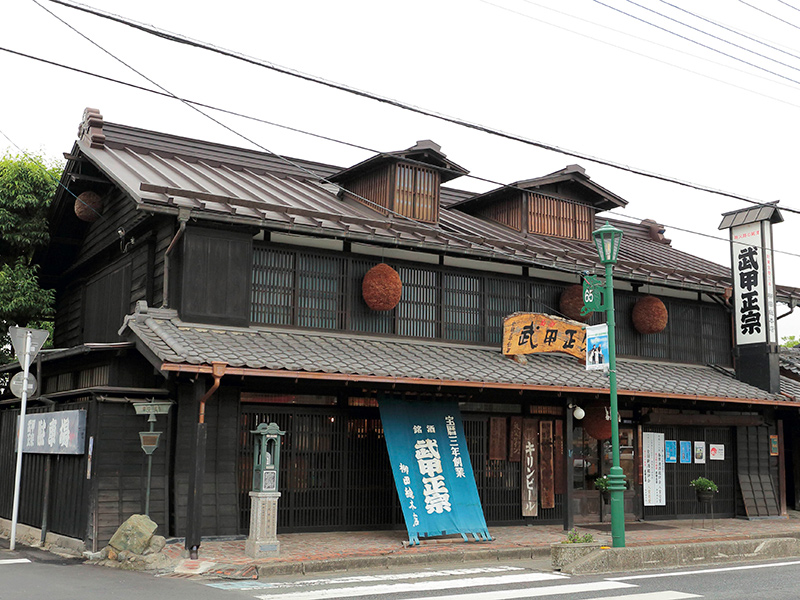
The well at our brewery, "Bushūyama Jyōryūsui" (underground water) was established as one of the hundred best mineral water sources of the Heisei Era. If you bring a container, feel free to fill it up with water and take it with you!
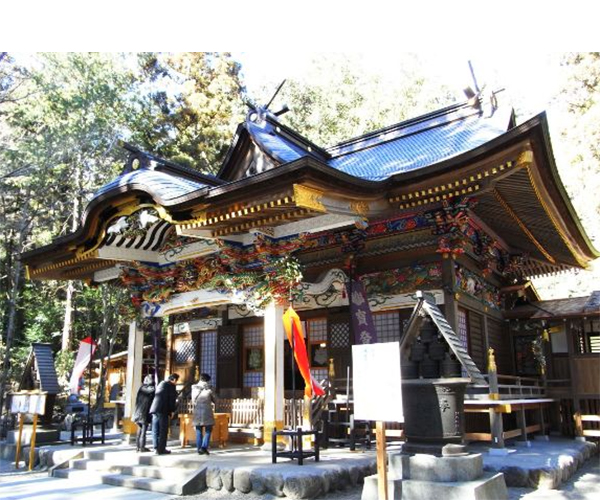
This shrine was said to be founded by Yamato Takeru, the 12th Emperor of Japan, around 2,000 years ago. The current main building of the shrine is Shinto-style architecture, where the main hall and worship hall share one roof and are connected by an intermediate passageway. The main shrine, hall of offerings, and hall of worship were rebuilt during the end of the Edo period to the early Meiji period. The shrine is said to protect from fires, theft, and pain. Not only do many worshipers come from the local area, but also from throughout Kanto region, with more than one million annual visitors.
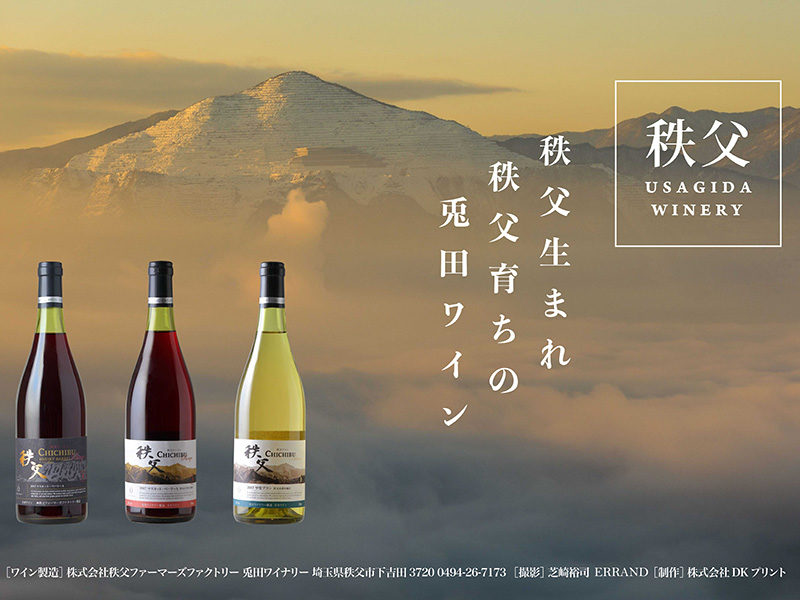
Tours of the wine factory and vineyard, free samples and sale of wines at the in-house direct sales store, and meals at the company-owned restaurant (business days specified) are available.
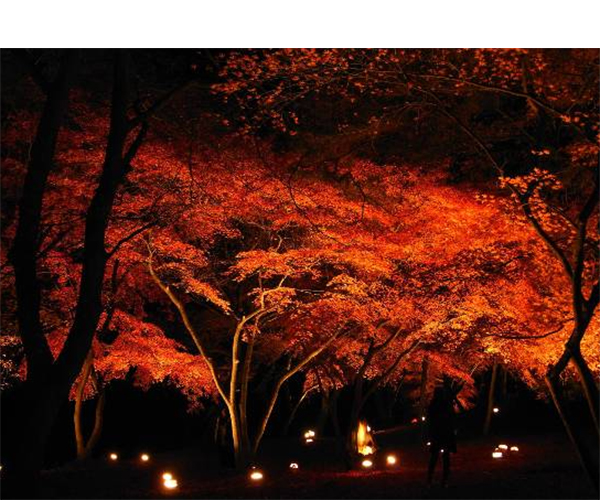
The park is named after the stone tablet on which Kyoshi Takahama wrote the haiku “Kokoniware Kuotomubeki Tsukinoishi,” and is very famous for its autumn leaves. The best time to see the autumn leaves is around November, with the illumination of around 50 acer amoenums Japanese maples. The area is very crowded during this time, especially with photography aficionados. You can enjoy the autumn leaves at the adjacent prefectural nature museum as well.
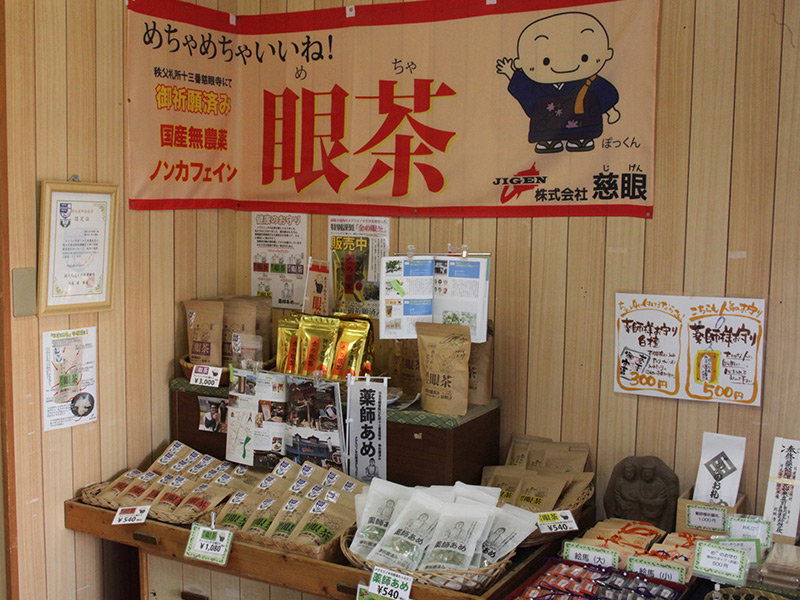
Jigenji is Chichibu’s 13th sacred site on Japan’s 100 Kannon Pilgrimage. It has been famous as a "temple for eyes" for 780 years. Worshippers come from all over Japan with worries and concerns regarding the eye.
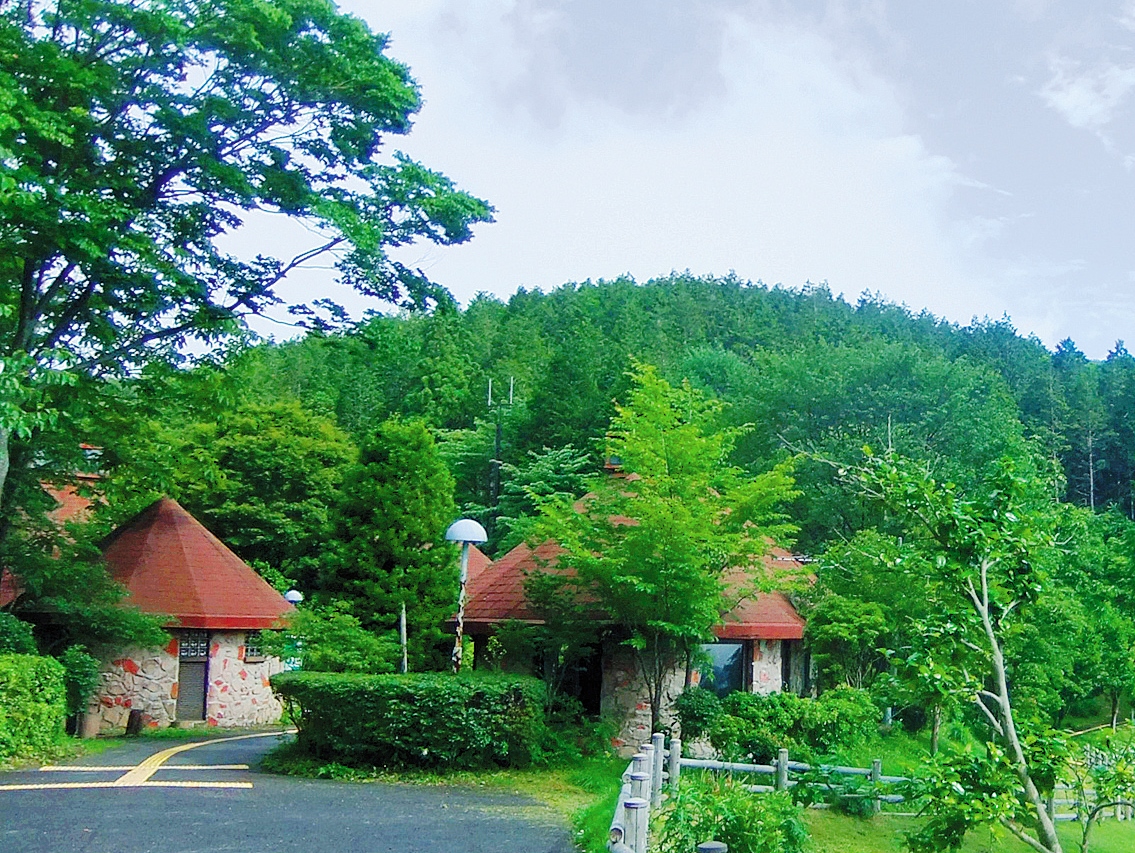
The Saitama Prefectural Forest Park "Kenmin no Mori" is a recreation area that spreads northwards of Mt. Maruyama (altitude 960m). You can enjoy the forest and wild grass of each season, see flowers and trees that you’ve only seen in photos, and meet animals in their natural state. Enjoy a heart-warming and refreshing experience!
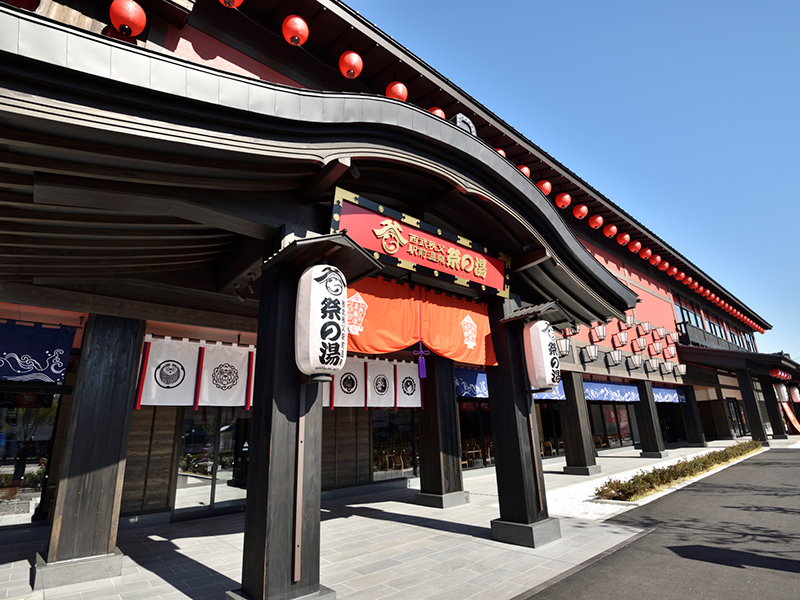
“Seibu Chichibu Ekimae Onsen Matsuri no Yu,” is a large combination hot spring facility based on Chichibu’s specialty, “Festivals.” The facility contains Matsuri no Yu, with four types of open-air baths, a highly concentrated artificial carbonated hot spring and six indoor baths (five for men) to enjoy. Additionally in this area, which takes pride in its rich variety of hot springs, there is a Japanese style food court and an area selling local products perfect as souvenirs, making this facility packed full of Chichibu’s local charm.
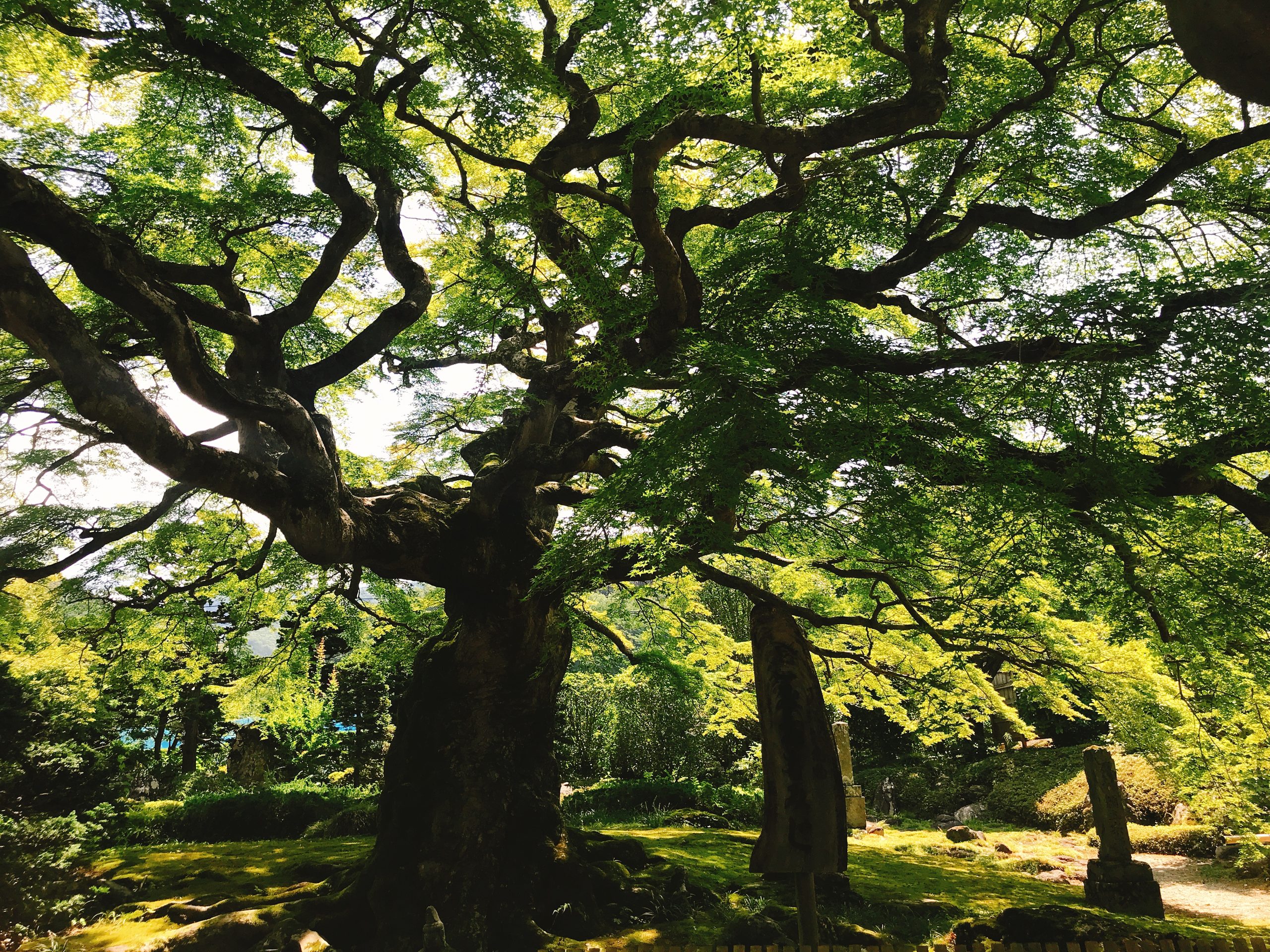
The change of the seasons can be enjoyed in the large, elegant butterfly maple tree, said to be 600 years old and designated a Saitama Prefecture Natural Treasure. The trunk is 3.8 m in circumference, 7.2 m in height, and the canopy measures 18.9 m north to south, 20.6 m east to west, and 56.3 m in circumference. The peak for autumn leaves is mid to late November. The "Night Zazenkai" (Night Zen Meditation) is also held on the 8th of every month from 7:30PM. A soba restaurant, "Teuchi Soba Machida" is nearby, and you can enjoy a meal of handmade soba while viewing the changing seasons.
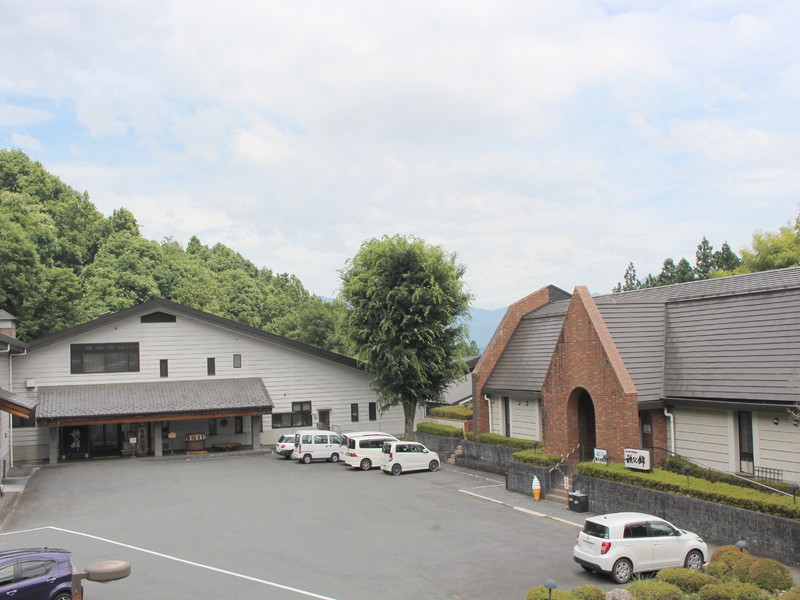
At our product store, locally brewed shochu “Chichibu Nishiki,” liquors and various Chichibu specialty goods are available. You can also try a wide range of alcohols at the tasting area.
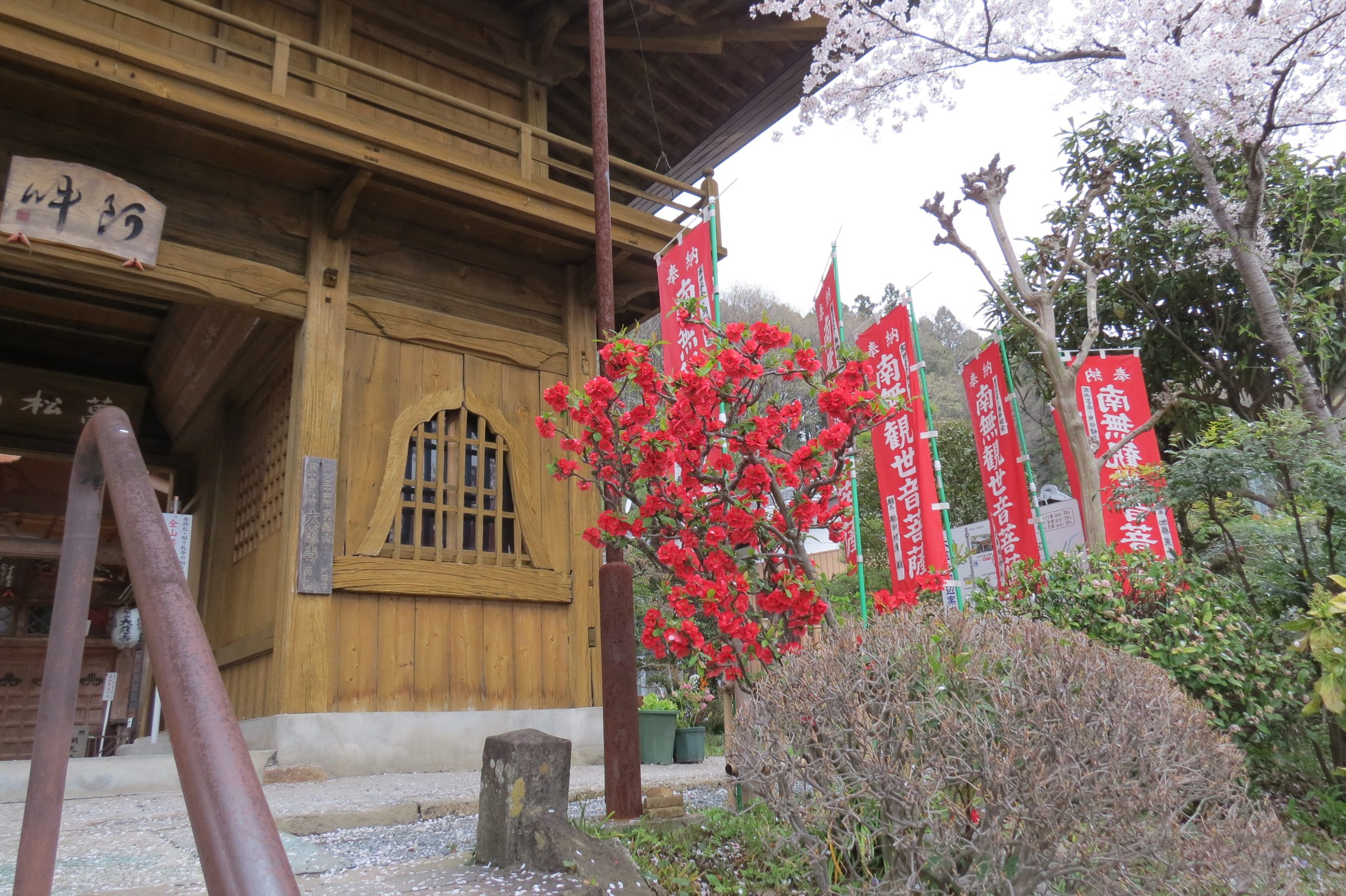
In front of the main hall is a statue of “Obinzurusama” (a disciple of Buddha), which legend has it that you will be healed by touching the statue where your body has pain while touching the same place on your body. In spring the adorable rare Bukoumamezakura cherry blossoms bloom for a delightful scene. It was also the setting for the animated movie, “The Anthem of the Heart." The “Enmei Jizō" (life-prolonging Jizō statue) stands at the entrance as a landmark.
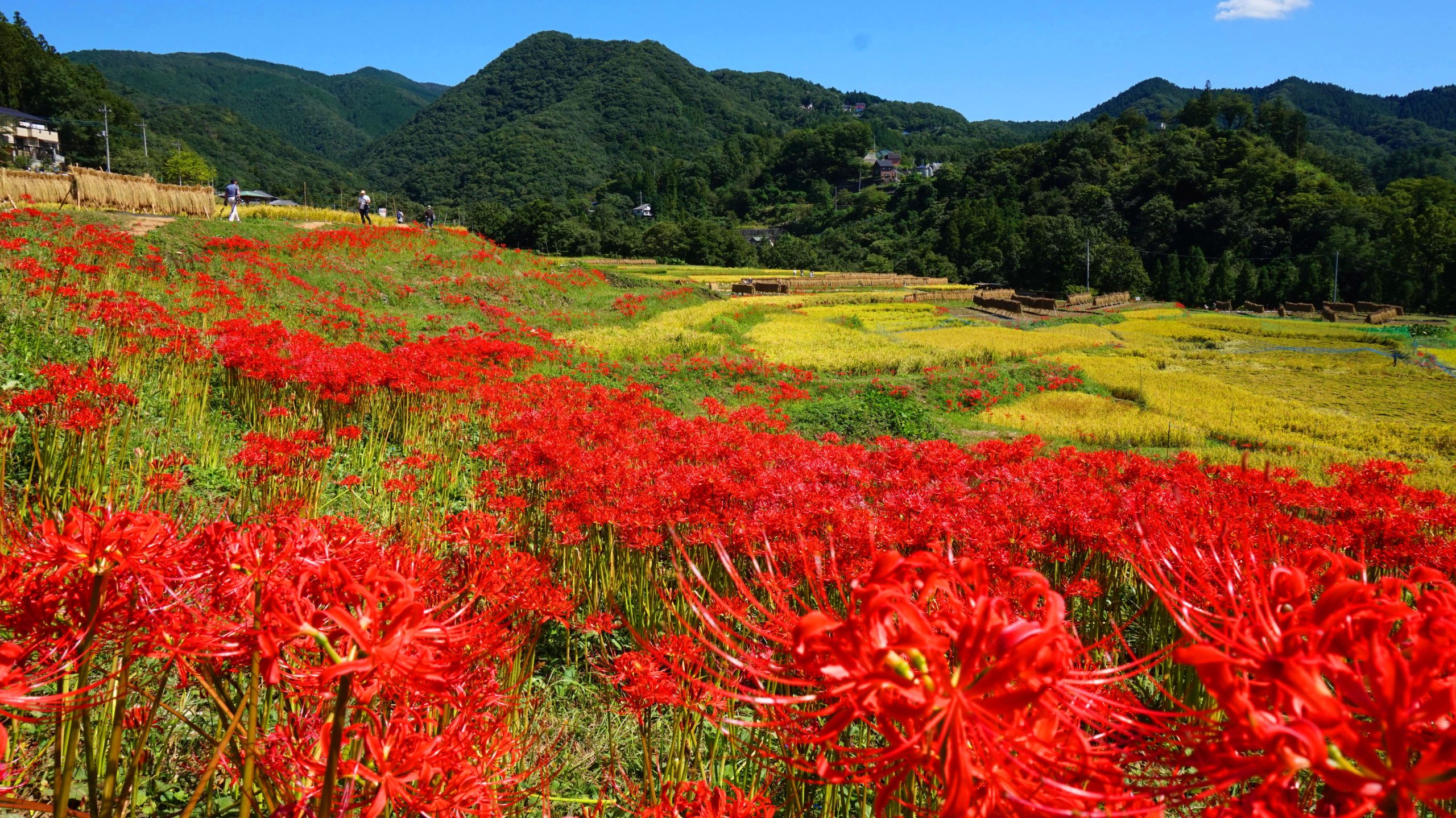
At Saitama Prefecture's largest rice terraces, a rural landscape unique to Japan unfolds with each changing season. Currently, 4 (about 250 fields) out of the total 5.2 hectares are in use. In summer an event is held where around 600 bonfires are lit, for a night of magical ambience one cannot experience in the city. In autumn, the bulbs of around 2 million red spider lilies bloom around the rice paddies.

Your tour of the Chichibu region and nature-filled Yokoze starts here! Find out more about tourist destinations, seek out new flavors, and find all the information you need for restaurants and lodging. It's an information office full of vibrant energy ♪ There are also rental cycles and Mt. Buko goods for sale, so please feel free to stop by!
This site uses cookies to improve the user experience. If you continue to browse, you consent to the use of cookies on this site. Accept
CONTACT
